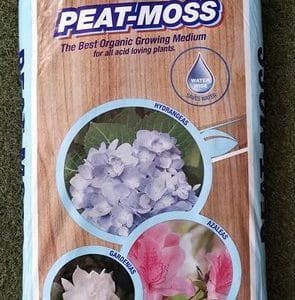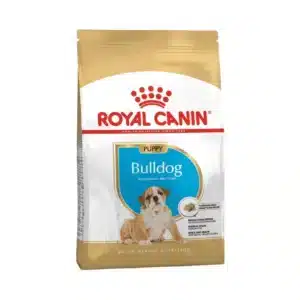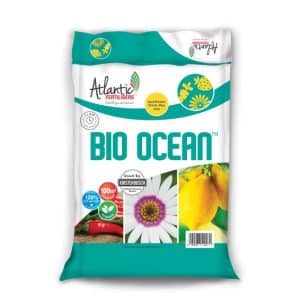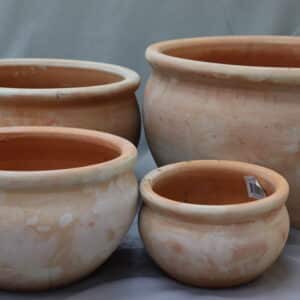How to plant in containers
DIY and how-to
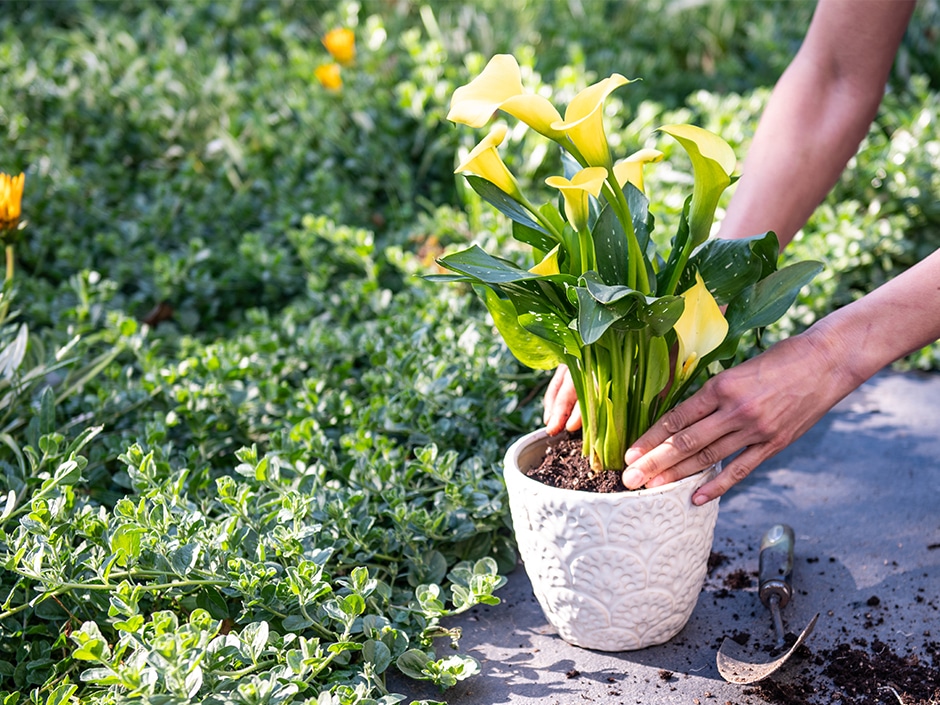
Help your plants thrive in containers by giving them the best start possible, that means making sure your pot has enough drainage, with the right ratio of potting soil and growing stimulants.
We’ve done all the calculations for you; just follow the below instructions:
The golden ratios
- 60% of the container’s volume in potting soil
- 15% of the container’s volume in drainage chips
- 15% of the container’s volume in river sand
- 10% of container’s volume in mulch, Leca®*(lightweight expanded clay aggregate), decorative stone or bark to act as top layer
Add some extras:
- Add appropriate feeding and root stimulator for plants (2:3:2 and bonemeal are firm favourites).
- Add a water-retention product to retain moisture and nutrients. SaturAid® and STOCKOSORB® are both ideal for this purpose.
Preparing a container for planting
- Ensure that there are enough drainage holes at the base of your container.
- Cover the bottom of the container with a layer of drainage chips. The larger the container, the thicker the layer of drainage chips should be (±15% of pot volume).
- Add river sand on top of the drainage chips to act as a filter and to support drainage (±15% of pot volume).
- Top up your container with potting soil – and remember to leave space for your planting hole.
How to plant container plants
- The planting hole should be 16cm wider than the diameter of the root area of the plant.
- Water the plant well to minimise transplanting shock.
- Gently remove the plant from the old container.
- Where the roots are matted, gently loosen the damp roots with your fingertips.
- Place a handful of bonemeal and granular feeding in the hole that the plant will be planted in and pour a little water on top to “activate the goodness”.
- It is now the ideal time to add your water-retention product of choice to act as a “bed” for your plant’s roots.
- Spread the roots out evenly to avoid bending them when placing the plant in the hole.
- Cover the roots with potting soil.
- Firm down the soil around the transplanted plant and water well.
Aftercare
- For the top layer, add mulch, decorative stone, Leca® or bark to slow down evaporation.
- Plants grown in containers require watering more often than those in the ground, so douse with a slow, steady stream of water whenever the soil feels dry to the touch.
For more tips on container gardening, read these blogs:
You might also like
Shop online
-
Peat Moss Acidic
- R139.99 – R229.99
-
BULLDOG JUNIOR 12KG
- R1,645.99
-
Bio Ocean Fertiliser
- R149.99 – R249.99
-
EAST BOWL ROSE TERRACOTTA
- R299.99 – R899.99

